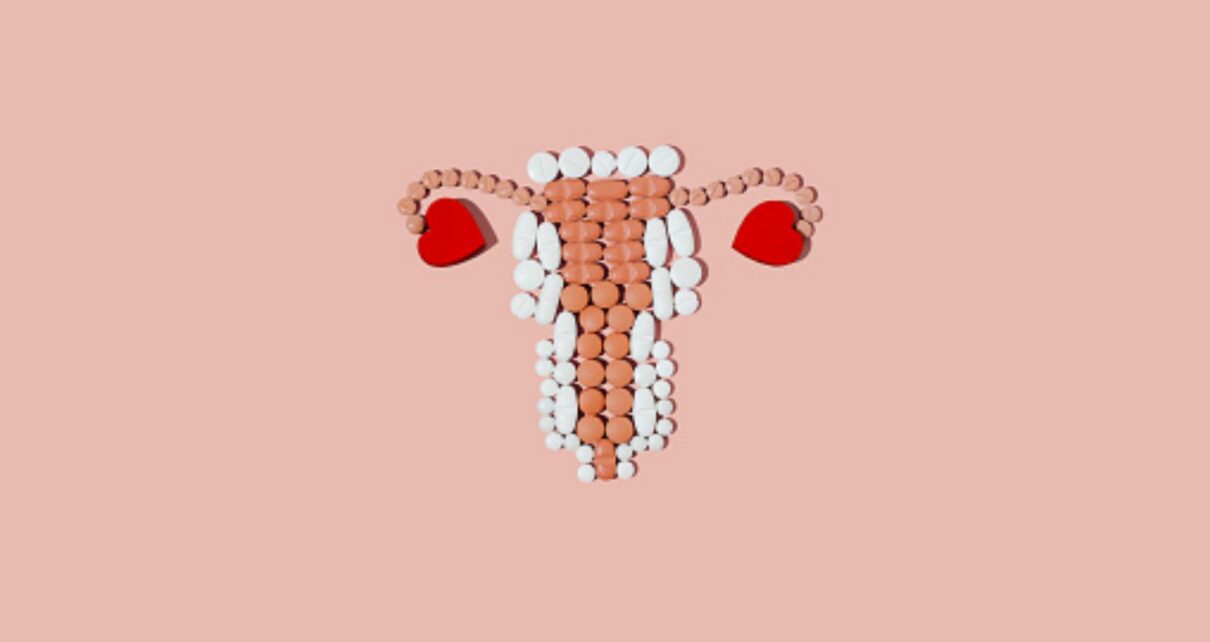VAGINAL dryness, leaking and prolapse may sound like pretty terrifying terms.
They are generally kept hush-hush – save for the odd Tena Lady advert – leaving women unaware of the changes they could expect their vagina to go through.

An unglamorous topic it may be, but an ‘ageing vagina’ is normal.
It tends to go through changes due to childbirth, perimenopause, menopause and can be affected by various diseases.
Fortunately there are evolving tips, tricks and treatments to improve the lives of women who suffer uncomfortable symptoms, including itchiness and pain.
But what if you were given the tools to help prevent them in the first place?
Read more on women’s health

Why is my vagina itchy?

The 8 ways cold weather affects the body – from winter vagina to blood clots
The lucky few may have had a pep talk from their mothers on the occasional pelvic squeeze, but here, the experts give you the know-how to ‘future-proof’ your vagina, no matter what your age…
UNDER 40s
1. Cut sugar
A bout of bacterial vaginosis (BV) or thrush is common in women of reproductive age and can usually be treated with over-the-counter medicines.
However, it can occasionally be recurrent.
This can “affect the moisture and quality of the vaginal tissues”, said Tania Adib, a London-based gynaecologist from Luminosa London and The Medical Chambers Kensington, who recommends a healthy diet that keeps sugar to a minimum.
Most read in Health

Major health breakthrough as scientists cure breast cancer in mice

Vaccines for cancer & heart disease could be 'ready by end of decade'

How hiccups could be a sign of deadly cancer – and 9 other hidden conditions

Always waking up in the night? 7 expert tips to help you fall back to sleep fast
“Avoiding processed foods and sugar will make vaginal problems, including recurrent infections like BV and thrush, less likely,” she said.
Women are also at higher risk of catching sexually transmitted infections (STIs) when they have BV, which untreated, may be a risk for infertility, the NHS says.
2. Avoid excessive cleaning
Using “strong soaps or washing internally” is also a risk for BV and thrush, Adib said.
The vagina is typically acidic, helping healthy bacteria to flourish.
But excessive cleaning, vaginal deodorants and sometimes washing detergent can disrupt the fine pH balance.
Pauline Cox MSc, women’s hormone expert and author of Hungry Woman, said: “The important acidic environment of the vagina helps maintain the lactobacillus-dominant vaginal microbiome.
“Larger shifts in the balance of the microbiome can lead to gynaecological disease such as bacterial vaginosis (BV).”
There is some evidence of a link between “bad” vaginal bacteria and raised risk for cervical cancer.
3. Probiotics
Probiotics improve the bacteria of the gut – and if emerging science proves right, potentially its downstairs neighbour.
Cox said: “Research now suggests that the gut microbiome directly influences the vaginal microbiome.
“Therefore incorporating lactobacillus-rich foods into our daily diet could support the vaginal microbiome by influencing the gut microbiome.”
Lactobacillus is bacteria that live in the gut, mouth, and vagina. Its presence leaves little room for harmful bacteria to grow.
Lactobacillus-containing foods include yoghurt, kefir, sauerkraut, kombucha and miso. Probiotic supplements also contain lactobacillus strains.
4. Quit smoking
Cox said: “Smoking can negatively impact the vaginal microbiome as well as reduce oestrogen levels.”
Smoking has been shown to trigger menopause earlier, by up to four years in heavy smokers, and intensify the symptoms.
It can also increase the risk of BV and vaginal dryness.
5. Get your nutrients
Some nutrients stand out for supporting vaginal health.
Zinc, Omega-7 and Omega-3 fatty acids can “maintain the integrity and health of the vaginal lining and increase lubrication, alleviating vaginal dryness”, Cox said.
She recommends Bold Vision by Wiley’s Finest – a supplement that combines omega-7, zinc and other antioxidants, and a high-quality omega-3 supplement such as CatchFree.
6. Do your pelvic floor exercises
Caring for pelvic floor muscles – a net of muscles that keep the bowel, bladder, uterus and vagina in place – puts women in good stead against incontinence, prolapse and haemorrhoids.
Pregnancy and childbirth weaken the pelvic floor muscles due to hormonal changes and the weight of the baby.
Lulu Adams, a pre and postnatal exercise specialist, said: “Ideally, and if appropriate, you should start training for your pelvic floor as soon as possible in pregnancy.
“As a rough rule of thumb, doing one set of ten max strength squeezes once a day every day would be a good base level to aim for, and three times a day if you’re experiencing leaking.”
Max strength squeezes, quick pulses and endurance holds are types of pelvic floor exercises.
“However it’s not always that simple, and any symptoms that arise should be assessed by a women's health physio, as leaking doesn’t always correlate with weakness, it can actually be caused by tension in the muscles too,” said Adams.
She added if women can pay attention to their pelvic floor long before having a baby, it won’t be so overwhelming to deal with come pregnancy.
Incorporating squats, glute bridges and cat cows in a gym routine have been proven effective.
40S AND ONWARDS
7. Don’t ignore dryness
Periods tend to stop around the age of 55. But the symptoms of menopause can start up to a decade beforehand.
Women’s oestrogen levels decline as part of menopause, and as a result, so can bacteria lactobacillus.
Cox said: “A drop in lactobacilli is associated with an increase in the symptoms of menopause.
“They include vaginal dryness, burning, pain and itching, pain with sex, recurrent UTIs, loss of libido and vaginal wall prolapse.
“Vaginal dryness has been estimated to have a prevalence as high as 83 per cent in postmenopausal women and 23 per cent in premenopausal women.”
Adib warned women not to delay seeking treatment for vaginal dryness, because it can lead to itching, burning, discomfort, pain during sex and a weaker bladder.
“Looking forward to maintaining vaginal health into your 60s, 70s and 80s – you need to start early and keep it maintained,” she said.
The first line of treatment for vaginal dryness is oestrogen in the form of pessaries or cream, and hormone replacement therapy (HRT).
An alternative is laser treatment, which treats symptoms of vaginal dryness and general discomfort.
8. Keep having sex
Collagen is a protein that keeps our skin and tissues elastic (AKA, young).
Its production declines as we age, and therefore, so does the integrity of the vaginal walls.
Adib recommends women keep having a healthy sex life, because “the pressure of sex stimulates collagen”.
She said: “If you're not having sex the vagina can become narrower and shorter.”
This can make sex more painful – compounded by dryness – and potentially affect sexual relationships.
FOR ALL WOMEN
9. Go to check-ups
Adib says never to dismiss any new symptoms which could turn out to be an STI, infection or cancer – all of which are important to catch early.
This includes vaginal discharge that is different in colour, amount or consistency.
Read More on The Sun

Amy Childs gives birth to twins after ‘long and exhausting’ labour

People are only just realising why postal workers write ‘P’ on letters
“Track your periods because that's a reflection of your hormones,” she said.
Smear tests are a prevention tool against cervical cancer and women in England are invited to a free one on the NHS every three to five years.
Source: Read Full Article


